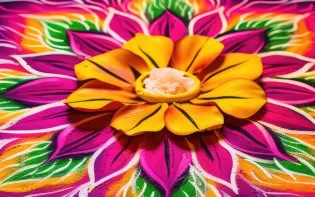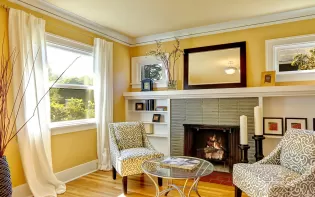
Lilac Colour
Discover lilac colour shades to add a dynamic touch to your space.
Explore 16 Trending Lilac Colour Combination for Walls
Products in this shade & Palette of Lilac Colour
Browse through our wide range of paints to find the one that accentuates your home's beauty
Trending Colour Shades
Find the Perfect Colour Shades for you walls
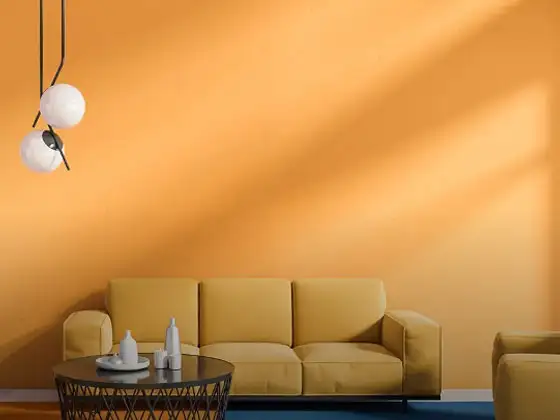
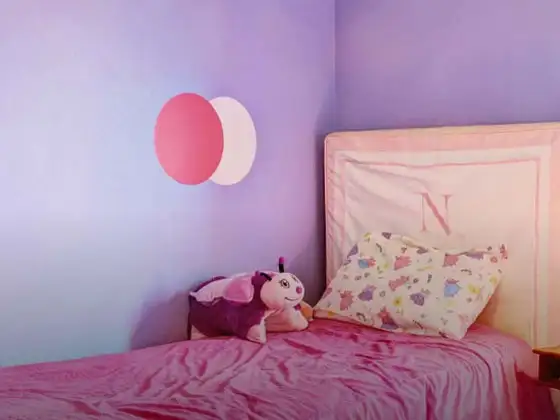
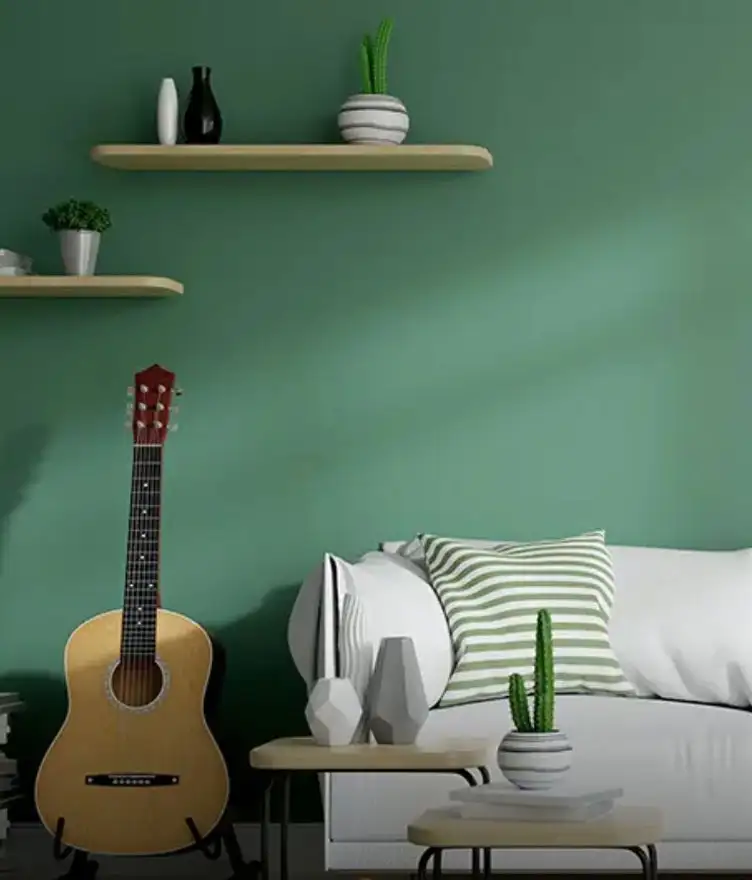
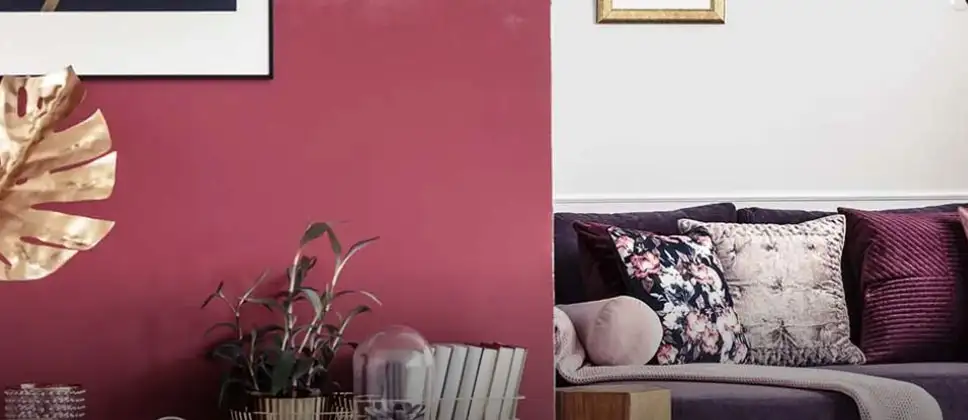
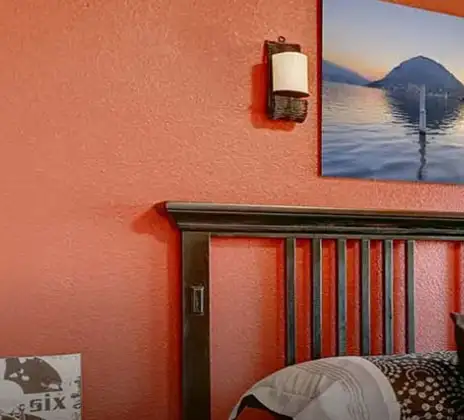
About Lilac Colour
Lilac, a delicate and ethereal shade within the purple spectrum, whispers of tranquility and grace. Evoking the essence of blooming lilac bushes in spring, this soft and muted color radiates a sense of serenity and nostalgia. Symbolizing youthful innocence and fragility, lilac adds a touch of whimsy and charm to the visual landscape. Whether gracing a bouquet of flowers or enhancing the subtle details of interior design, lilac invites a gentle and soothing presence. Its understated elegance, nestled between the purity of white and the richness of purple, makes lilac a symbol of refined beauty and quiet sophistication. As a color that exudes a timeless and timeless appeal, lilac continues to captivate with its subtle grace and enduring charm.
Stunning Lilac Colour Designs, Shades & Combinations for Your Home
Soft yet confident, lilac brings calm into busy homes and adds polish without feeling formal. This guide covers lilac colour shades, smart pairings, and roomwise ideas so you can plan with clarity. You will learn how to sample undertones, build a lilac colour palette, and create gentle contrast that flatters Indian light. From textures to trims, we outline easy moves that deliver a refresh with minimal effort, so your rooms feel thoughtful, balanced, and beautifully modern for years to come.
Why Lilac Colour Brings Softness & Elegance to Interiors
Lilac sits between purple and pink colour with a healthy measure of white. The result is calm by day and refined at night. In Indian homes that mix bright daylight with warm evening lamps, this balance supports both activity and rest. Used well, lilac colour softens corners, flatters skin tones during family gatherings, and behaves like a character neutral with personality.
- Restful mood: Borrowing calm from blue and comfort from pink, lilac makes living rooms and bedrooms inviting.
- Pairing power: Wood, stone, rattan, glass, and metal finishes sit comfortably against lilac.
Focus on undertones first. With warm teak or walnut floors, choose a warmer lilac. With pale oak or grey tiles, a cooler lilac ties the palette together.
Explore Lilac Colour Shades with Expert Insights
Designers often sort different lilac colour shades by undertone and depth. Start with a short list, paint two coats on A4 cards, and move them around the room at morning, afternoon, and night. This routine reveals which lilac colour in different shades will work with your flooring, trims, fabrics, and art.
Warm Rosy Lilac Colour
- Undertone: A touch of magenta colour or pink that suits rooms with cool light.
- Pairs with: Creamy whites, warm beige, brushed brass, walnut.
Cool Blue Lilac Colour
- Undertone: A hint of lavender blue that balances sunny rooms.
- Pairs with: Crisp white, light grey, chrome, pale oak.
Smoky Lilac Colour
- Undertone: A little grey that lowers saturation for a calm look.
- Pairs with: Charcoal, greige, black accents, textured fabrics.
Deep Lilac and Plum Accents
- Undertone: Rich violet for focused drama on niches and headboards.
- Pairs with: Off white, warm metallics, deep wood.
For interior wall paints, a smooth finish helps lilac read even and tranquil. Homeowners often choose interior emulsions such as Nerolac Impressions or Nerolac Beauty Smooth Finish when they want gentle lilac tones over large surfaces. Pick matte for restful areas and soft sheen where wipeability matters. Prepare the surface well, since lilac shades of colour look their best on smooth, sound walls.
Best Lilac Wall Design Ideas for Every Room
Here are the best lilac wall designs you should know:
Living room Wall Design Ideas
- Two-tone panelling: Soft lilac above and warm white or greige below with a slim chair rail.
- Art forward field: Muted lilac walls with black and white frames or charcoal line art for structure.
Bedroom Wall Design Ideas
- Headboard accent: A deeper lilac behind the bed with lighter adjacent walls for depth.
- Layered textiles: Stone, blush, and slate accessories create quiet lilac colour contrast.
Kids room and study Wall Design Ideas
- Pastel base: Cheerful lilac with storage in primary pops keeps energy controlled.
- Focus corner: A smoky lilac study niche with a neutral desk lowers visual noise.
Kitchen and dining Wall Design Ideas
- Lilac with light wood: Ash or oak cabinetry against soft lilac reads fresh and modern.
- Backsplash sync: Echo cool flecks from tiles with a cooler lilac for unity.
Bathroom Wall Design Ideas
- Spa quiet: Pale lilac with white sanitaryware and light terrazzo feels airy.
Entry and hallway Wall Design Ideas
- Welcome wall: A single lilac plane behind a console pulls the eye inward.
- Tone on tone panels: Picture frame mouldings one step deeper than the field colour add movement.
For balconies and facade features, exterior emulsions such as Nerolac Excel Total are frequently selected to keep lilac looking clean on weather exposed surfaces. Indoors, a selective use of Nerolac Impressions Metallic Finish on a niche or panel introduces a refined shimmer. This approach is effective when you want to highlight different lilac colour shades within the same room without adding pattern.
Lilac Colour Combinations & Contrasts That Work Best
Strong results come from undertone harmony first and contrast second. Try these ideas for a lilac colour combination that feels balanced.
- Lilac with warm white and oak. Airy and Scandinavian leaning.
- Lilac with charcoal and brass. Urban and crisp.
- Lilac with sage and stone. Botanical calm for bedrooms and reading corners.
- Lilac with navy and crisp white for colour schemes blue. Graphic contrast for entries and media walls.
- Lilac with black and pale grey. Minimalist chic with a gallery feel.
To increase impact, deepen one feature wall and keep surrounding walls soft. This controlled lilac colour contrast adds layers without visual noise. If you plan crisp stripes, geometric divisions, or a bold pairing of lilac with navy, clean edges matter. Finishes that deliver sharp demarcation such as Nerolac Impressions Ultra HD can help a contrast scheme look intentional. Accurate cut ins and steady roller work are just as important, so prepare the tape lines carefully and remove tape while the paint is just dry.
How to Make & Create Lilac Colour for Your Walls?
Many homeowners ask how to make lilac colour and how do you make lilac colour work in varied light. The answer begins with a balanced purple, a controlled addition of white, and a small undertone tweak. This framework also explains how to create lilac colour when you pick ready-made shades, since it trains your eye to read undertones.
Step 1. Build a balanced purple
Start near one part red to two parts blue. If the mix is too blue, add a tiny touch of red. If it looks too pink, fold in a little more blue.
Step 2. Lighten into lilac
Add white gradually. Begin at one to one purple to white and adjust in small steps.
Step 3. Tune the undertone
For warmth, add a drop of warm red or magenta. For a more remarkable effect, add a small drop of blue. For a smoky look, blend a very small amount of grey.
Step 4. Test in real conditions
Paint two coat swatches on cards and view them with your sofa fabric, curtains, and flooring throughout the day.
Shortlist two or three candidates digitally and test them on physical swatches before final purchase. Screens vary, so the physical sample under your exact lights and against your actual materials is the most reliable guide. This two-step routine produces a lilac colour palette that reflects real-life conditions and avoids surprises.
When you want readymade designer effects in lilac, consider curated texture systems such as Nerolac Impressions Ideaz. Applied by trained painters, these systems range from subtle linen weaves to bolder patterns. Start with a sample board in the exact lighting of the room before you commit.
Types of Lilac Colour Shades for Modern Homes
Match the types of lilac colour shades to your rooms and light.
- Pastel lilac maximises brightness in compact rooms. Pair with white ceilings and pale woods.
- Classic lilac is noticeable yet calm. It pairs well with greige trims and medium tone floors.
- Lavender tinted lilac brings spa like serenity with marble, chrome, and glass. Add warm textiles if the room feels chilly.
- Dusty mauve hides slight surface unevenness and suits urban living rooms that need quiet sophistication.
- Deep lilac or plum adds drama to niches and headboards. Keep adjacent walls light for balance.
These shades in lilac colour range from breezy to dramatic and help you tune the mood without changing furniture. Begin with lighter walls if you are unsure. Add depth through one accent wall, a painted panel, or an upholstered piece.
This phased approach encourages confident choices while keeping the home usable between steps. As you compare different lilac colour shades, keep an eye on how art, rugs, and wood tones interact with each option.
Lilac Colour Palette Inspiration for Modern Homes
Use these combinations as starting points. Adjust depth to suit your light and furniture.
Palette A: Calm Contemporary
- Walls: classic lilac
- Trim and ceiling: warm white
- Anchors: pale oak tables and a greige sofa
- Accents: woven textures and soft brass
- Why it works: Shared warm to neutral undertones keep the room calm.
Palette B: Botanical Retreat
- Walls: blue leaning lilac
- Trim: crisp white
- Anchors: pebble grey rug and light wood
- Accents: sage cushions, indoor plants, rattan
Why it works: colour schemes blue and green meet in a nature friendly balance.
Palette C: Urban Luxe
- Walls: smoky lilac
- Trim: off white
- Anchors: charcoal chairs and a stone console
- Accents: matte black frames, brushed brass lamp
- Why it works: Muted walls let texture and metal stand out.
Palette D: Festive Accent
- Feature: deep lilac or plum
- Surround: pale lilac
- Anchors: cream upholstery and warm wood
- Accents: patterned rug, mirrored tray
- Why it works: Controlled lilac colour contrast adds drama while adjacent walls keep brightness.
Use digital previews to narrow choices, then verify with physical swatches. Keep two finalists on the wall for a week and view them at different times of day. A measured process produces a lilac colour combination that remains pleasing across daily routines.
DIY or Professional? Choosing the Best Way to Design Lilac Walls
Choose the route that fits your scope, schedule, and comfort with tools.
Go DIY when the job is small and surfaces are sound. Wash and degloss, fill and sand, then remove dust. Prime if you shift from a strong colour to lilac or if walls look patchy. Cut clean edges around trims, use quality tape, and remove the tape while the paint is just dry. Two thin coats beat one thick coat for an even field.
Hire professionals when you need multiple rooms, ceilings, exteriors, repairs, or specialty finishes. They coordinate surface readiness and precise lines, which is vital when you manage several shades in lilac colour or exact patterns.
Maintenance is simple. Keep a labelled jar of your final mix for touch ups. Clean with a soft sponge and avoid harsh abrasives on matte finishes. If walls look cooler or warmer than expected, adjust bulb temperatures rather than repaint. Try 2700 to 3000 kelvin for warmth or about 4000 kelvin for clarity.
If you prefer a managed experience from shade selection and sampling to application and finishing, professional painting services can coordinate timelines and surface preparation. This is useful when you plan a whole home lilac colour palette or when you must balance several lilac colour combination ideas with existing furniture and flooring today.
Frequently Asked Questions For Lilac Colour Shades & Palette
What colours are in Lilac?
What does the Lilac colour symbolise?
What is the code for Lilac?
What is the contrast colour of the Lilac Colour palette?
What are the 10 shades of Lilac?
What is the Lilac colour called in Hindi?
What is the Lilac colour called in Marathi?
What is the Lilac colour called in Kannada?
Create magic with our inspiring Two Colour Combinations!
-
Orange And Lilac Colour Combination
-
Red And Brown Colour Combination
-
Yellow And Blue Colour Combination
-
Yellow And Green Colour Combination
-
Yellow And Orange Colour Combination
-
Yellow And Red Colour Combinations
-
Orange And Brown Colour Combination
-
Orange And Gold Colour Combination
-
Orange And Grey Colour Combination
-
Orange And Cream Colour Combination
-
Orange And Peach Colour Combination
-
Orange and Red Colour Combination
-
Orange And Purple Colour Combination
-
Orange And Pink Colour Combination
-
Orange And White Colour Combination
-
Orange And Neutral Colour Combination
-
Orange And Beige Colour Combination
-
Orange And Violet Colour Combination
-
Orange And Blue Colour Combination
-
Orange And Green Colour Combination
Get in Touch
Looking for something else? Drop your query and we will contact you.
Popular Searches
-

Get in Touch Get in Touch -

Store Locator Store Locator -

Download App Download App
Get in Touch
Looking for something else? Drop your query and we will contact you.





